Question
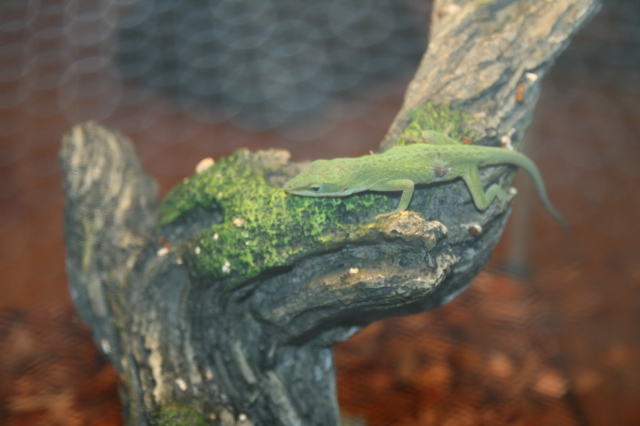 Anole w/ bump, #1
Anole w/ bump, #1 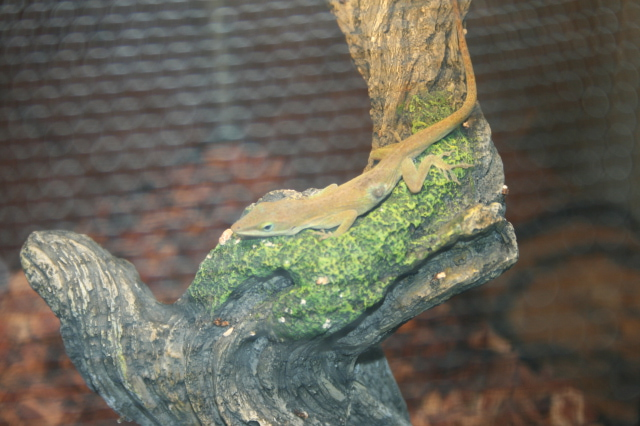 same Anole, w/ bump, #
same Anole, w/ bump, #
Hi, We purchased 2 anoles in July from the pet store. One is a Green and the other is a Brown/Bahaman. Kept in same cage. Diet is crickets and mealworms, changing every 2 weeks or so. The green anole developed this bump spot about 3 days ago. Not sure what it is, or how to help. Two pictures attached.
Thanks for any help and advice.
AnswerShe is also too thin, and looks a bit dehydrated. Unfortunately, green anoles are sold as 'disposable pets' due to their low price tag, and they are not as easy to keep in captivity as pet stores imply. This is a shame, as they have amusing personalities and are fun to watch, and deserve better. Pet stores giving incorrect advice and selling animals not suited for novices is an ongoing problem.
The brown anoles are a bit hardier, but the situation is essentially the same. Both species require temperatures of 80F with a 90F basking spot during the day, which can drop to 70F at night, and both need an 80% humidity, with frequent misting (they rarely learn to drink from dishes), and UVB light.
Insects should be no larger than the space between the lizard's eyes, and should be dusted with a calcium powder. Use a vitamin supplement containing preformed vitamin A once a week. Feed adults every other day, as many insects as they can consume in 15 minutes, and remove leftovers.
The bump on her side could be a number of things, ranging from an injury to a subcutaneous parasite. Anoles sold in pet stores are invariably wild-caught animals, loaded with parasites. In order for them to survive in captivity in the long term, the parasites must be treated and eliminated, or they will build up to lethal levels due to reinfection. The animal will need to be seen by a veterinarian, the parasites identified, and treated with the correct medications. This is why wild-caught reptiles are never recommended for those new to keeping reptiles.
During deparasitizing, the animal should be kept in a 'bare bones' enclosure with paper towel flooring, and easily disinfected furnishings, and the cage should be cleaned daily until treatment is complete and fecal tests come back negative. Existing furnishings that cannot be disinfected with a bleach solution should be discarded. The rest should be cleaned and disinfected, and rinsed well afterward until no bleach odor remains.
Finally, the two species should not be housed together, as brown anoles are more aggressive than green anoles, and will stress them and outcompete them, just as they are doing in the wild since they were introduced. Always house different species of reptiles separately.
So, a $5 wild-caught anole lizard requires not only around $120 in equipment, but probably a similar amount of money in veterinary care, if it is to have any hope of surviving the length of its 5 to 8 year lifespan. Unfortunately, pet stores care more about making the sale then they do the long-term welfare of the animal, and tend not to reveal this information, if they even know it.



 Juvenile Green Crested lIzard
QuestionQUESTION: Hi, I just got a wild caught green cr
Juvenile Green Crested lIzard
QuestionQUESTION: Hi, I just got a wild caught green cr
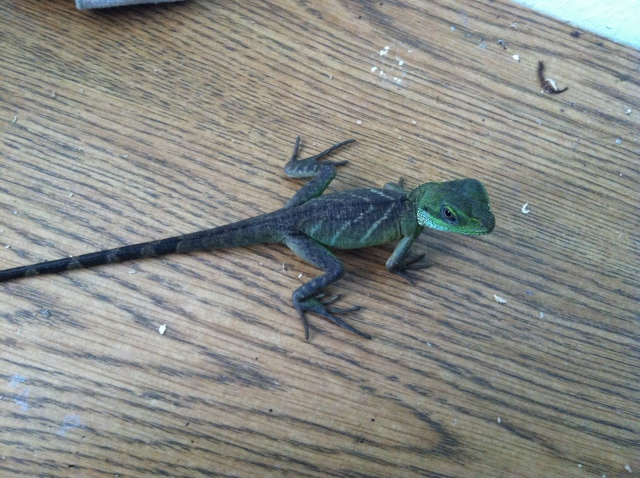 Chinese water dragon health
Question
Draco
I have had a chinese water dragon
Chinese water dragon health
Question
Draco
I have had a chinese water dragon
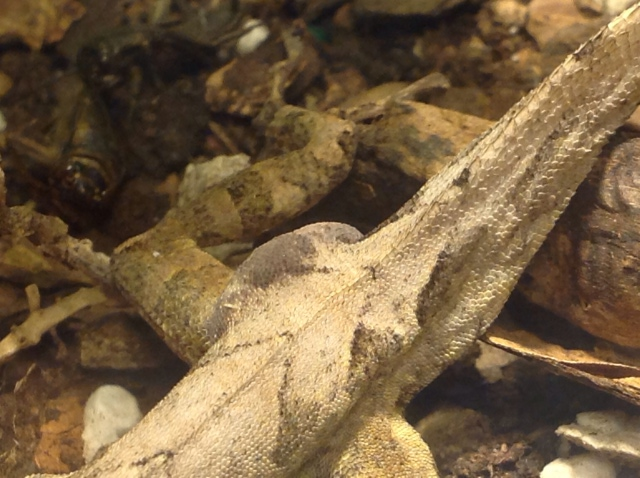 Brown Anole Leg Cyst
Question
His cyst?
Hi, Ive been wondering what s
Brown Anole Leg Cyst
Question
His cyst?
Hi, Ive been wondering what s
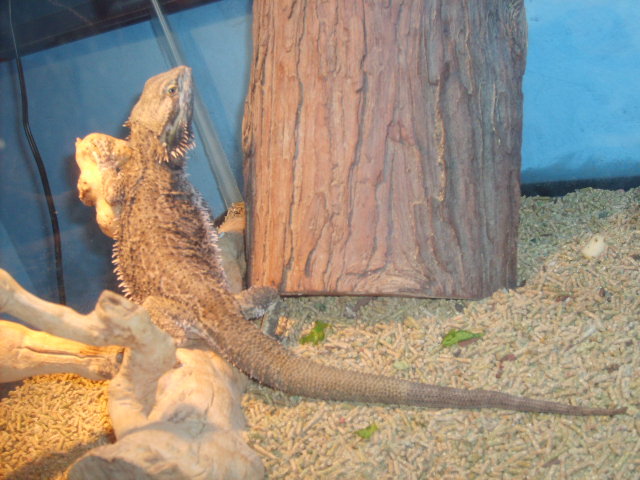 ranking beardie or not?
Question
BubbaBoy
i recently bought a bearded dragon it
ranking beardie or not?
Question
BubbaBoy
i recently bought a bearded dragon it
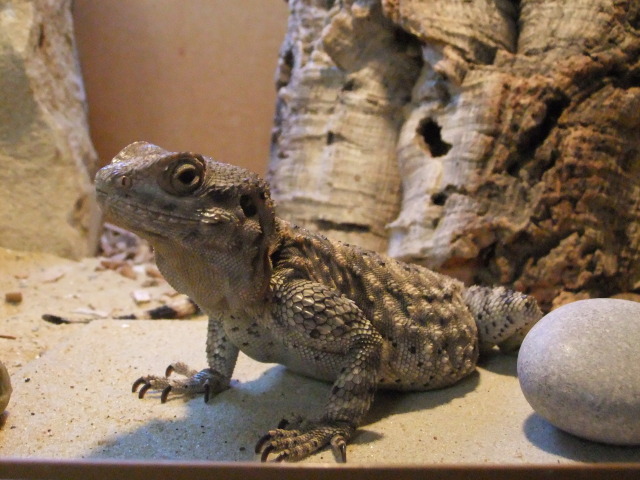 Painted Agama
QuestionPainted Agama
QUESTION: Hi i have a fema
Painted Agama
QuestionPainted Agama
QUESTION: Hi i have a fema